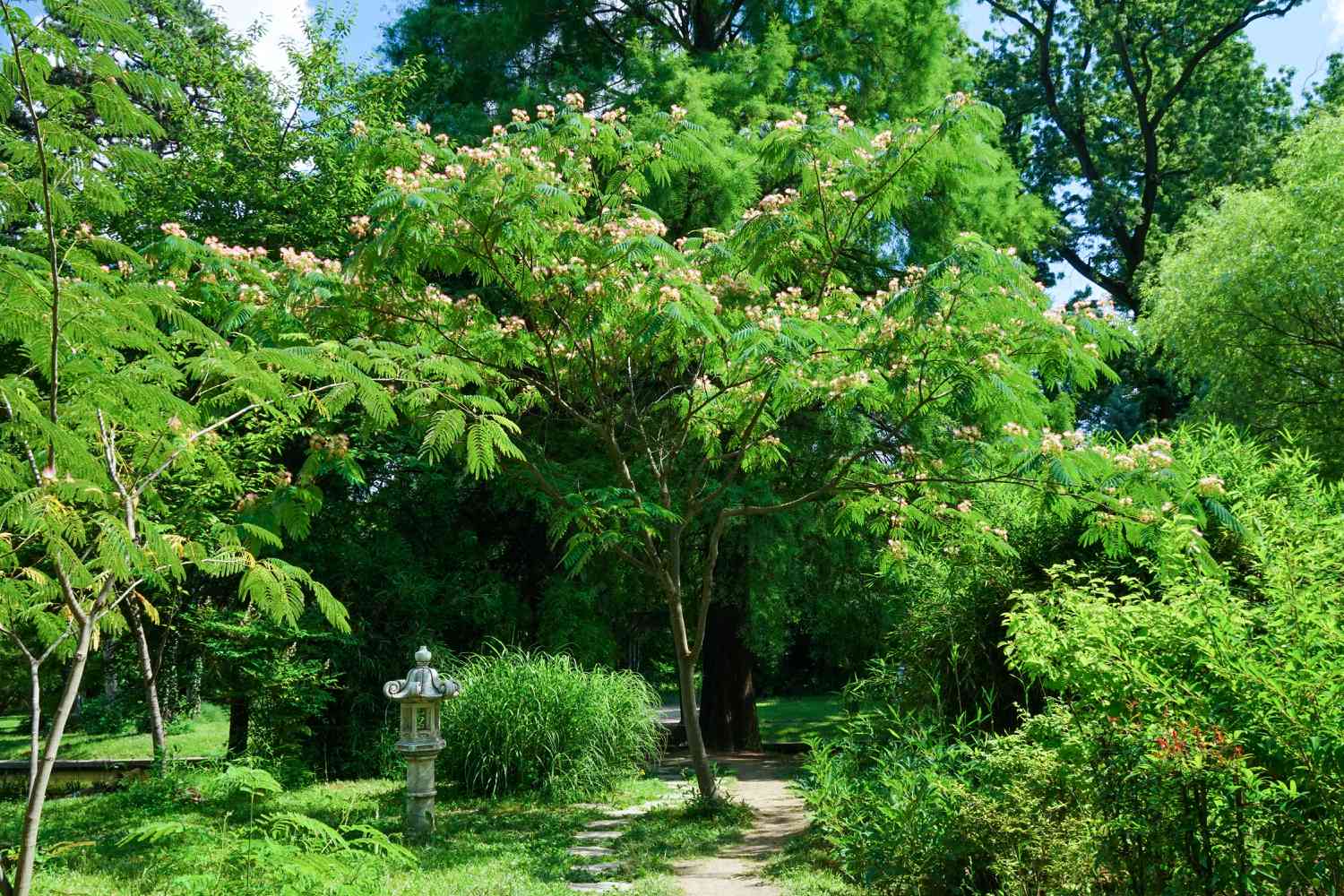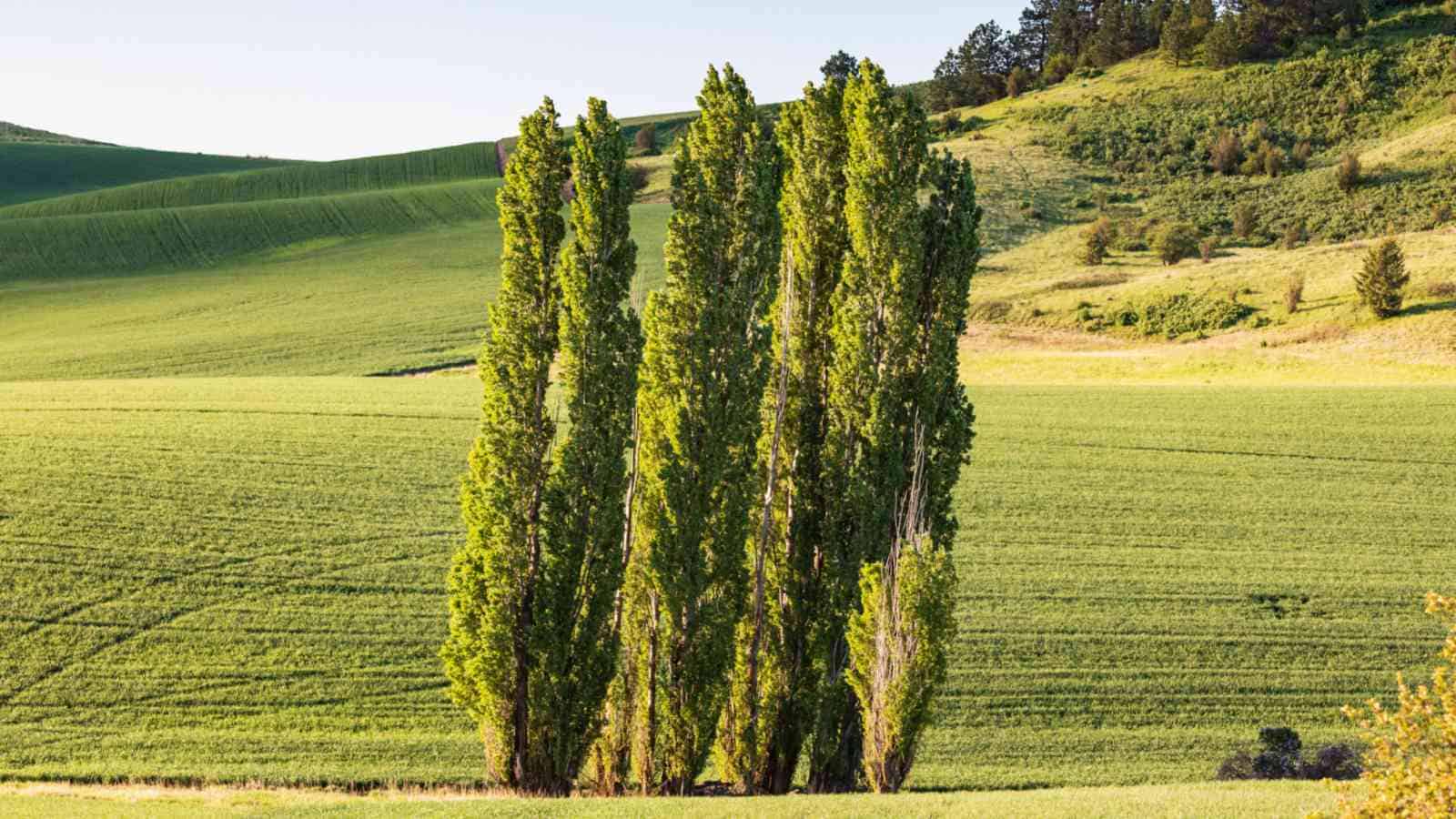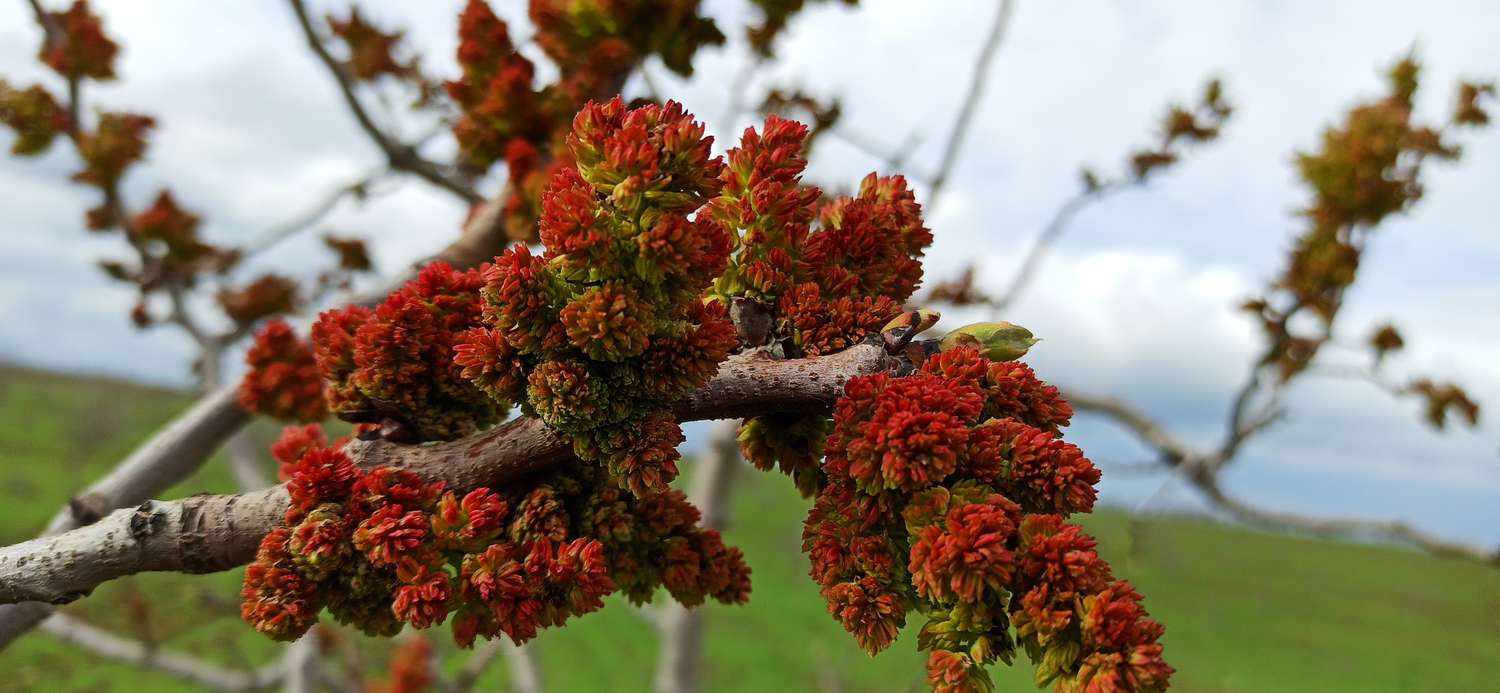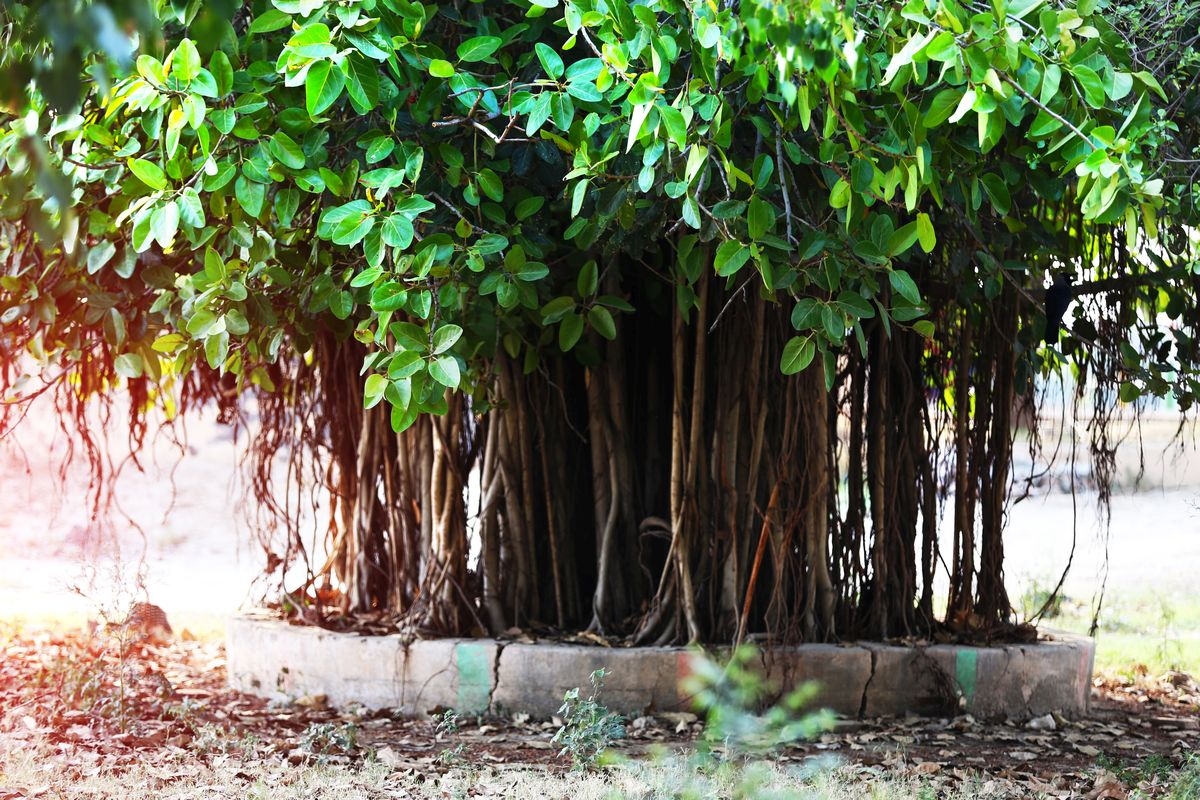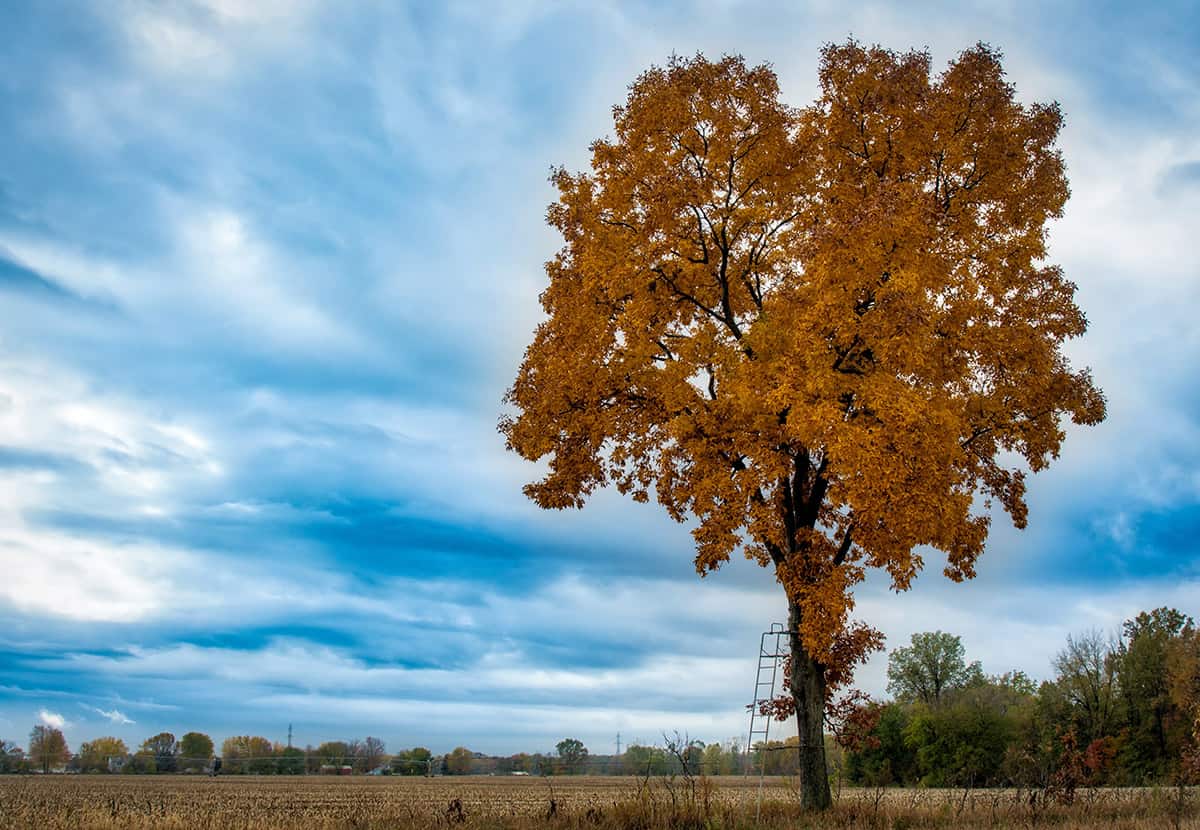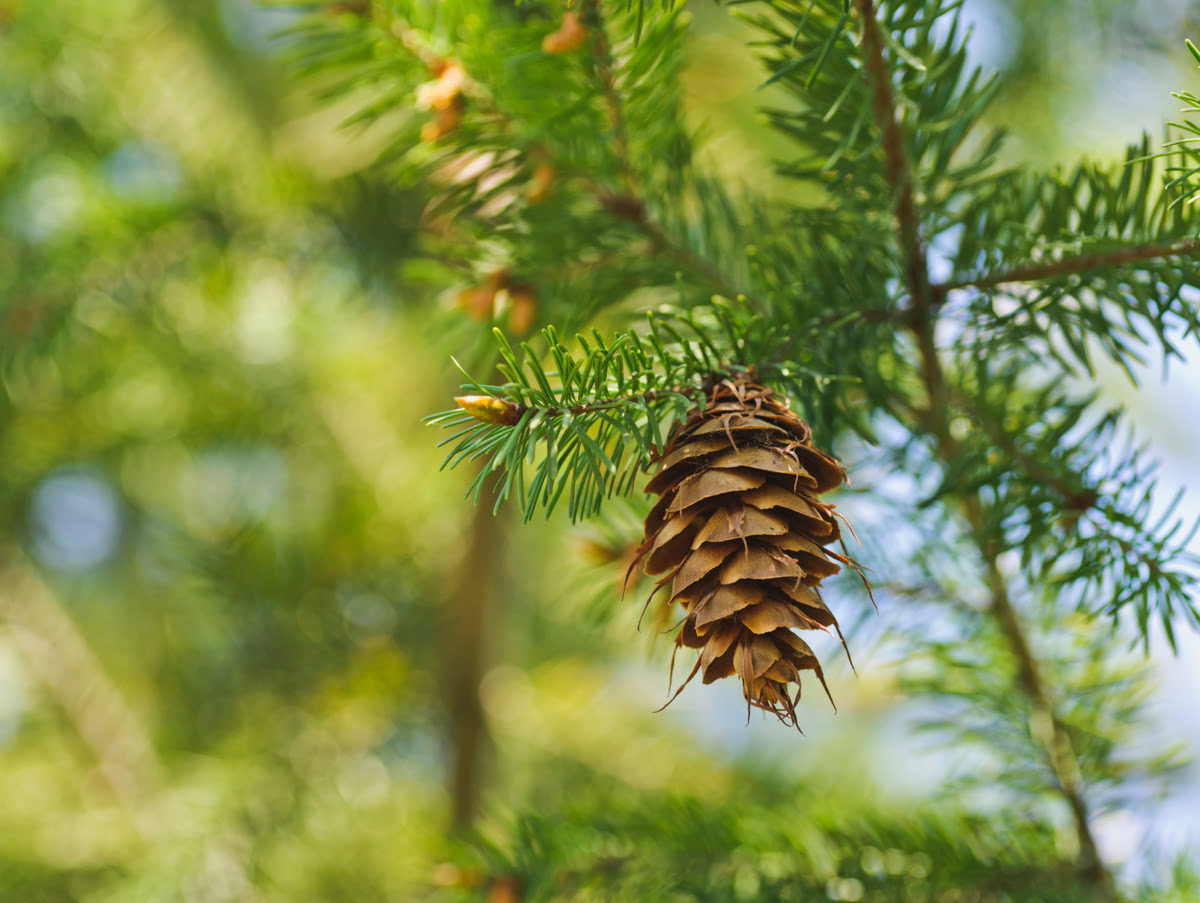Home>Gardening News and Trends>Latest News>Where Do Pine Trees Grow
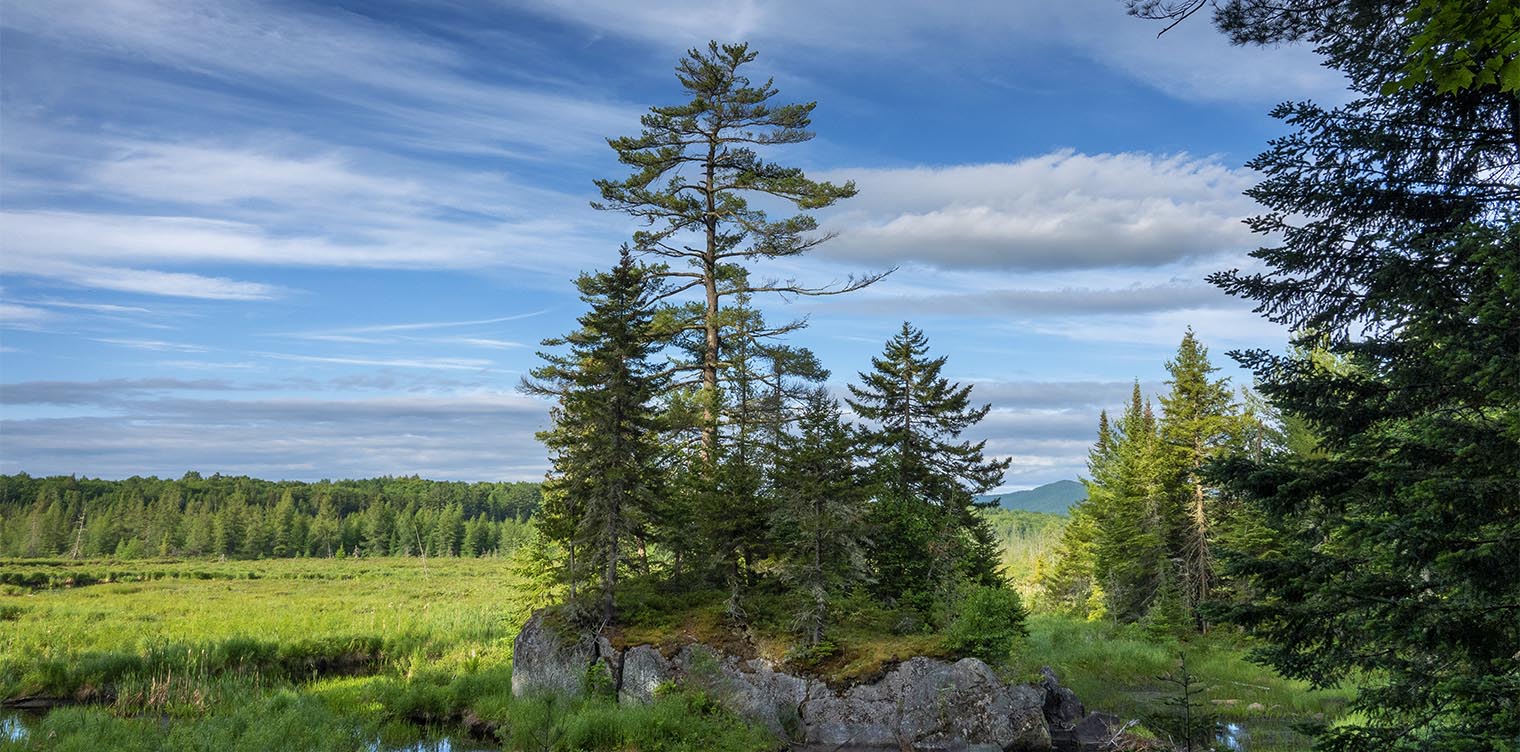

Latest News
Where Do Pine Trees Grow
Modified: January 22, 2024
Discover the Latest News on Where Pine Trees Grow and Learn about the Ideal Conditions for these Beautiful Trees. Explore their Habitat and Growing Tips Today!
(Many of the links in this article redirect to a specific reviewed product. Your purchase of these products through affiliate links helps to generate commission for Chicagolandgardening.com, at no extra cost. Learn more)
Table of Contents
Introduction
Pine trees, known for their tall stature and evergreen foliage, are a ubiquitous presence in many parts of the world. These majestic trees have captivated human fascination for centuries, with their rich symbolism and practical uses. Whether you picture a dense forest of towering pines or a lone pine tree standing resilient against the elements, it’s undeniable that these trees hold a special place in our collective consciousness.
Characterized by their needle-like leaves and distinctive cones, pine trees belong to the Pinus genus, which comprises over 100 different species. They are widely recognized for their durability, adaptability, and their ability to thrive in a variety of environments. This adaptability is what allows pine trees to grow in diverse climate conditions, spanning from temperate regions to subtropical and even polar areas.
The natural distribution of pine trees is strongly influenced by climatic factors such as temperature, precipitation, and soil type. While they are commonly associated with northern regions, where cold climates prevail, some species can also be found in tropical and high-altitude regions.
In this article, we will explore the global distribution of pine trees, with a focus on their presence in different continents. From the dense pine forests of North America, to the picturesque landscapes of Europe and Asia, to the unique species found in Africa and South America, pine trees have established themselves as integral parts of various ecosystems. Let’s embark on a journey to discover where exactly these magnificent trees grow and thrive.
Characteristics of Pine Trees
Pine trees possess a set of unique characteristics that distinguish them from other tree species. These traits contribute to their ability to adapt and survive in a wide range of environments. Here are some key features of pine trees:
- Evergreen Foliage: One of the most notable traits of pine trees is their evergreen foliage. Unlike deciduous trees that shed their leaves in autumn, pine trees retain their green needles throughout the year. This allows them to photosynthesize and continue growing even in winter.
- Needle-Like Leaves: Pine trees have needle-like leaves that are typically long and slender. These needles serve several purposes, including reducing moisture loss and providing protection against herbivores.
- Resilient Bark: The bark of pine trees is often thick and rough, providing protection against extreme weather conditions, wildfires, and insect infestations. The bark also helps retain moisture within the tree’s tissues.
- Coniferous Cones: Pine trees produce cones as their reproductive structures. These cones contain seeds that are dispersed either by wind or through the help of animals. The unique shape and size of pine cones are distinct features of this tree family.
- Adaptability to Poor Soils: Pine trees are able to thrive in poor, sandy, or acidic soils that may be unsuitable for other tree species. They have developed a symbiotic relationship with certain fungi called mycorrhizae, which help absorb nutrients from the soil.
- Tall Stature: Many pine tree species are known for their towering heights, with some reaching over 100 feet. The tall trunks and dense foliage of pine trees create a captivating and majestic presence in forests and landscapes.
These characteristics make pine trees highly resilient and well-suited to various climates and habitats. Whether it’s their persistent foliage, unique leaves, protective bark, coniferous cones, adaptability to poor soils, or towering stature, pine trees possess a blend of features that allow them to thrive in diverse environments.
Climatic Conditions for Pine Tree Growth
Pine trees exhibit a remarkable ability to grow in a wide range of climatic conditions, thanks to their adaptability and resilience. However, there are certain key climatic factors that are particularly important for the growth and development of these trees. Let’s explore these conditions:
- Temperature: Pine trees have adapted to withstand a broad temperature range. While some species can tolerate cold temperatures, growing in subarctic and alpine regions, others thrive in milder, temperate climates. The overall temperature range suitable for pine tree growth varies depending on the specific species.
- Precipitation: Adequate water availability is crucial for pine tree growth. Most pine species require a moderate amount of precipitation, typically between 20-40 inches (50-100 cm) per year. However, certain species, such as the longleaf pine found in the southeastern United States, have adapted to survive in regions with lower rainfall.
- Sunlight: Pine trees are generally well-suited to sunny environments as they require ample sunlight for photosynthesis. They have adapted their needle-like leaves to minimize water loss and maximize light absorption, allowing them to thrive in open, sunny areas.
- Soil Type: Pine trees display impressive adaptability to various soil conditions. While they prefer well-drained soils, they can tolerate both acidic and alkaline environments. Some species, like the lodgepole pine, have even evolved to thrive in nutrient-poor soils such as the sandy and rocky soils found in coastal regions.
- Elevation: Pine trees can grow at various elevations, from lowland areas to high-altitude mountain ranges. Different pine species have specific elevation preferences. For example, the Whitebark pine is known for its ability to grow at high elevations above treeline in the western United States and Canada.
These climatic conditions play a vital role in determining the distribution of pine trees around the world. From the snowy landscapes of the boreal forests to the rugged terrains of mountain ranges, pine trees have adapted and thrived in diverse environments, showcasing their unique ability to withstand different climates.
Global Distribution of Pine Trees
Pine trees have a widespread global distribution, with various species found on almost every continent. Their adaptability to different climates and soil conditions has allowed them to establish themselves in a wide range of environments. Let’s take a closer look at the distribution of pine trees across the globe:
In North America, pine trees are abundant and diverse. The dense pine forests of the Pacific Northwest of the United States, such as the iconic redwoods, showcase the impressive growth of these trees. The pine species found in this region include the Douglas fir, sugar pine, ponderosa pine, and lodgepole pine. In the eastern parts of North America, pine trees like the Eastern white pine and longleaf pine dominate the landscapes.
In Europe, pine trees are prevalent in various countries. The Scots pine, a native species to the region, is widely distributed across Europe, from southern Scandinavia to the Iberian Peninsula. The stone pine, known for its edible pine nuts, is found in Mediterranean countries such as Spain and Italy. Other pine species like the Aleppo pine and Swiss stone pine can also be found in Europe.
Asia is home to a diverse range of pine tree species. The Korean pine, which produces large edible pine seeds, thrives in the forested regions of northeastern Asia. In Japan, the Japanese black pine is a prominent species and is often cultivated in bonsai form. The Himalayan region boasts the presence of the Himalayan pine, which grows at high altitudes in the mountainous areas.
In Africa, pine trees are not as widespread as in other continents, but they can still be found in certain regions. The Canary Island pine, native to the Canary Islands, is one example of a pine species found in Africa. Additionally, some pine trees have been introduced to parts of North Africa for commercial purposes and afforestation projects.
In South America, pine trees are primarily found in the southern cone region. The Araucaria tree, commonly known as the “monkey puzzle tree,” is one of the significant pine species found in this part of the world. It is native to the temperate forests of Chile and Argentina. Other pine species like the Paraná pine and Patagonian cypress can also be found in South America.
Overall, pine trees have successfully expanded their range to almost every corner of the world. Their adaptability, resilience, and economic value have contributed to their widespread presence in various habitats and ecosystems. The global distribution of pine trees stands as a testament to their remarkable ability to thrive in diverse climatic and geographical conditions.
Pine Trees in North America
North America is home to a diverse array of pine tree species, occupying vast tracts of forested lands across the continent. These trees play a crucial role in the region’s ecosystems, providing habitat for wildlife and serving as a valuable natural resource. Let’s explore the presence and significance of pine trees in North America:
The Pacific Northwest of the United States is renowned for its lush and dense pine forests. Here, towering giants like the Douglas fir (which is technically not a true pine), sugar pine, ponderosa pine, and lodgepole pine dominate the landscapes. The majestic redwoods, some of the tallest trees in the world, can also be found in this region, contributing to its awe-inspiring beauty.
In the eastern parts of North America, pine trees also make their mark. The Eastern white pine, with its soft, light wood, played a vital role in the early settlement of the continent. It was highly sought after for shipbuilding and construction due to its durability and versatility. Along the southeastern coastal regions, the longleaf pine flourishes, known for its long needles and distinctive shape. This species is an integral part of the unique longleaf pine ecosystem, supporting a diverse range of plant and animal species.
Throughout various forested areas in North America, especially in the western mountain ranges, the iconic lodgepole pine thrives. This species is well-adapted to survive forest fires, as their serotinous cones release their seeds in response to intense heat. This ability allows the lodgepole pine to quickly regenerate in fire-prone ecosystems.
The presence of pine trees in North America goes beyond their ecological significance. Pine forests provide valuable timber resources and have historically supported the forestry industry in the region. The lumber derived from pine trees is used in construction, furniture production, and various other applications.
Moreover, pine trees in North America play a critical role in carbon sequestration, helping mitigate the effects of climate change. Their dense foliage and extensive root systems absorb carbon dioxide from the atmosphere, contributing to the overall carbon balance in the region.
Overall, the presence of pine trees in North America is vast and varied, enriching the landscapes and ecosystems across the continent. From the towering trees of the Pacific Northwest to the longleaf pine ecosystems of the southeastern United States, these species leave a lasting impression and continue to play a crucial role in the region’s natural heritage and economic activities.
Pine Trees in Europe
Pine trees have a significant presence throughout Europe, with various species found across the continent. These trees not only add to the scenic beauty of the landscapes but also play a vital role in supporting local ecosystems and providing valuable resources. Let’s explore the presence and importance of pine trees in Europe:
The Scots pine (Pinus sylvestris) is one of the most widespread pine species in Europe. It thrives in various countries, from southern Scandinavia to the Iberian Peninsula. The Scots pine forests contribute to the region’s biodiversity and are known for their distinctive beauty. The wood of this species is highly valued for its strength and durability, making it sought after for construction, furniture making, and pulp production.
Another notable pine species in Europe is the stone pine (Pinus pinea), commonly found in Mediterranean countries such as Spain, Italy, and Portugal. Known for its umbrella-like shape and delicious edible pine nuts, the stone pine is not only cherished for its aesthetic appeal but also for its culinary value. The seeds of the stone pine are used in various traditional Mediterranean dishes and are a sought-after ingredient in cooking.
In the mountainous regions of central and eastern Europe, the Swiss stone pine (Pinus cembra) is a resilient species. It grows at high altitudes and is well-adapted to harsh alpine conditions. The wood of the Swiss stone pine is highly regarded for its fine grain and pleasant aroma, making it popular for crafting furniture, flooring, and musical instruments.
Within the Mediterranean region, the Aleppo pine (Pinus halepensis) is one of the dominant pine species. It is found in countries such as Spain, Italy, Greece, and Turkey. The Aleppo pine is known for its ability to withstand arid conditions, making it a vital part of the region’s unique ecosystems.
In addition to these native species, various non-native pine trees have been introduced in Europe for afforestation projects and ornamental purposes. For example, the Monterey pine (Pinus radiata) from California is commonly planted in coastal areas of Europe. The black pine (Pinus nigra) from the Balkans and the Corsican pine (Pinus nigra var. laricio) from the Mediterranean are other non-native species that have adapted well to European climates.
Overall, pine trees in Europe add to the beauty and ecological diversity of the continent. They serve as important sources of timber, culinary delights, and habitat for various wildlife species. The presence of pine forests in Europe is not only aesthetically pleasing but also contributes to the sustainable development and well-being of local communities.
Pine Trees in Asia
Pine trees have a prominent presence in Asia, with a diverse range of species found across the continent. These trees have adapted to various climatic conditions and play significant ecological, economic, and cultural roles in the region. Let’s explore the presence and importance of pine trees in Asia:
One of the iconic pine tree species in Asia is the Korean pine (Pinus koraiensis), native to Northeast Asia. This majestic tree is known for its straight trunk, abundant resin, and large edible pine seeds. The Korean pine forests not only provide habitat for a variety of wildlife but also contribute to the local economy through the collection of pine nuts and timber.
In Japan, the Japanese black pine (Pinus thunbergii) holds cultural and aesthetic significance. This pine species is often featured in Japanese gardens and is highly valued for its unique twisted branches and ability to withstand coastal conditions. The cultivation and pruning techniques of the Japanese black pine have been refined over centuries and are considered an art form, known as “bonsai.”
In the Himalayan region, the Himalayan pine (Pinus wallichiana) is a prominent species. This pine tree grows at high altitudes and is well-adapted to the harsh mountainous conditions. The Himalayan pine forests provide valuable habitat for various bird species and contribute to the conservation of mountain ecosystems.
Throughout other parts of Asia, pine trees can also be found. In China, several species including the Yunnan pine and the Chinese white pine are distributed across different regions. These pine trees have economic importance, providing timber for construction and various other applications. The Masson’s pine is another common pine species found in southern China.
Siberia, located in northern Asia, is home to extensive pine forests. The Siberian pine (Pinus sibirica) is a dominant species in this region, adapted to the harsh continental climate. The Siberian pine forests not only support biodiversity but also provide a valuable source of pine nuts, resin, and timber for local communities.
Aside from these native species, introduced pine trees can be found in Asia as well. For example, the Monterey pine (Pinus radiata) from California has been successfully introduced to parts of Asia, including New Zealand, Australia, and some regions of China.
The presence of pine trees in Asia not only enhances the scenic beauty of the landscapes but also provides essential resources and supports local economies. These trees play a crucial role in maintaining biodiversity, protecting soil stability, and mitigating climate change. Furthermore, they hold cultural and symbolic significance, contributing to the cultural heritage of the diverse Asian cultures.
Pine Trees in Africa
Africa is not typically associated with pine tree forests, but there are certain regions within the continent where pine trees can be found. These trees have been introduced to Africa for various purposes, such as afforestation projects or commercial timber production. Let’s explore the presence and significance of pine trees in Africa:
The Canary Island pine (Pinus canariensis) is one of the notable pine species present in Africa. It is native to the Canary Islands, an archipelago located off the northwest coast of Africa. The Canary Island pine trees are well adapted to the volcanic soils and moderate Mediterranean climate of the islands. They form dense and picturesque forests, contributing to the unique landscapes of the Canary Islands.
In addition to the native Canary Island pine, other pine species have been introduced to parts of North Africa for afforestation purposes. These include pine species like the Monterey pine (Pinus radiata) from California and the Aleppo pine (Pinus halepensis) from the Mediterranean. These introduced pine trees have been planted for their fast growth, timber production, and their ability to stabilize soils in certain regions.
The establishment of pine tree plantations in North Africa has provided economic benefits, particularly in countries such as Morocco, Tunisia, and Algeria. These plantations contribute to local livelihoods through the production of timber for construction and various other wood-based industries.
It’s important to note that while pine trees have been introduced to certain areas in Africa, they do not dominate the natural landscapes as they do in other continents such as North America or Europe. Instead, the indigenous vegetation, such as acacias and baobabs, typically characterizes the diverse African ecosystems.
Overall, pine trees in Africa have a limited presence, primarily confined to specific regions where they have been introduced for afforestation or commercial purposes. However, the establishment of these pine tree plantations has provided economic opportunities and contributed to local industries in these areas. While they may not be as widespread as in other continents, pine trees in Africa continue to play a role in shaping the local landscapes and supporting certain communities.
Pine Trees in South America
Pine trees have a notable presence in South America, particularly in the southern cone region of the continent. These trees contribute to the diverse landscapes and ecosystems found in this part of the world. Let’s explore the presence and significance of pine trees in South America:
One of the prominent pine tree species in South America is the Araucaria tree, also known as the “monkey puzzle tree.” This ancient tree species is native to the temperate forests of Chile and Argentina. The Araucaria stands out with its unique appearance, featuring a symmetrical shape and sharp, pointed leaves. These trees are not only aesthetically appealing but also play an important ecological role, providing habitat for various wildlife species.
In addition to Araucaria trees, other pine species can be found in South America. The Paraná pine (Araucaria angustifolia), also known as the Brazilian pine, is native to southern Brazil and northeastern Argentina. This species has been heavily exploited for timber, and as a result, its natural populations have drastically declined. Conservation efforts are underway to protect and restore the Paraná pine forests.
The Patagonian cypress (Austrocedrus chilensis) is another pine-like tree that can be found in South America. It is native to the Andean region, spanning across Chile and Argentina. This tree is known for its distinctive columnar shape and characteristic grayish bark. The wood of the Patagonian cypress is highly valued for its durability and resistance to decay, making it a sought-after timber species.
South America is also home to pine tree plantations that have been established for commercial purposes. These plantations can be found in countries such as Chile, Brazil, and Uruguay. The fast growth and adaptability of pine trees make them suitable for timber production and the pulp and paper industry. These plantations contribute to the local economy and provide employment opportunities in these regions.
Overall, pine trees in South America add to the rich tapestry of the region’s forests and landscapes. They provide habitat for wildlife, contribute to the local economy through timber production, and have cultural and ecological significance. Whether it’s the iconic Araucaria trees, the endangered Paraná pine, or the unique Patagonian cypress, these pine species contribute to the biodiversity and natural heritage of South America.
Conclusion
Pine trees, with their unique characteristics and adaptability, have established their presence in various parts of the world. From the towering forests of North America to the picturesque landscapes of Europe, the rugged terrains of Asia, the unique ecosystems of Africa, and the diverse environments of South America, pine trees have become an integral part of the natural heritage of these continents.
These trees, with their evergreen foliage, needle-like leaves, and coniferous cones, possess distinctive features that allow them to thrive in different climatic conditions. Whether it’s the cold forests of the boreal regions, the sunny Mediterranean areas, or the high-altitude mountain ranges, pine trees have demonstrated their adaptability and resilience.
Pine trees not only contribute to the beauty and biodiversity of their respective regions but also play vital roles in supporting ecosystems. They provide habitat for numerous wildlife species, help stabilize soils, mitigate climate change through carbon sequestration, and provide valuable resources such as timber, pine nuts, and resin.
Throughout history, humans have recognized the practical and cultural significance of pine trees. Their wood has been utilized for construction, furniture production, and various other applications. In addition, certain pine species hold cultural and symbolic value in different societies, with their presence woven into folklore, traditions, and even culinary practices.
As we continue to navigate the challenges of climate change and sustainable development, the importance of understanding and preserving the global distribution of pine trees becomes evident. Conservation efforts, afforestation projects, and responsible management of pine tree resources can help ensure the longevity and continued benefits of these remarkable trees.
In conclusion, pine trees are not mere landscape ornaments, but living organisms that contribute to the health and well-being of our planet. Their widespread presence resonates with the adaptability and resilience of nature itself, reminding us of the delicate balance required to maintain the diversity and harmony of the Earth’s ecosystems.
